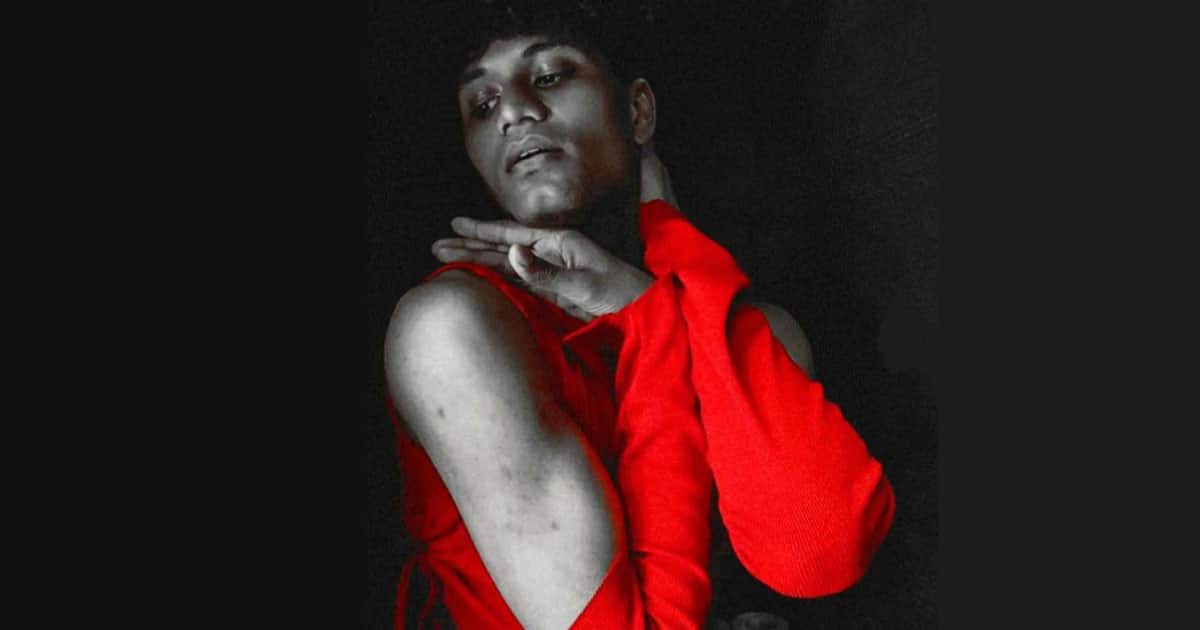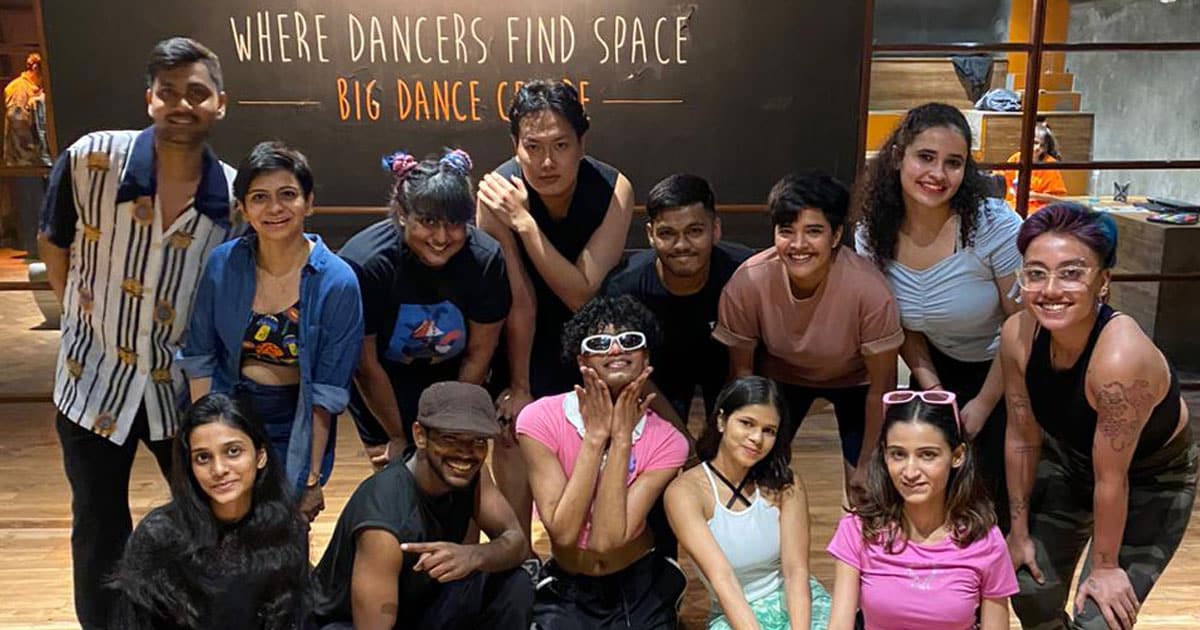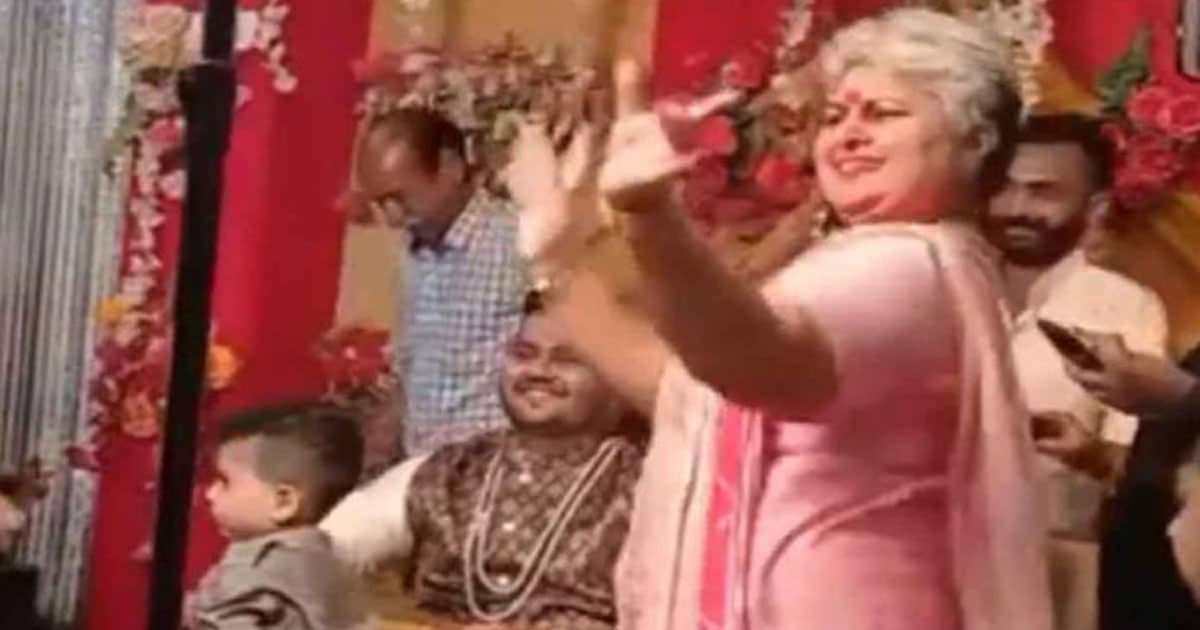19-year-old Krish Jain (they/them) vividly remembers their first-ever tryst with dancing. Krish would grab their mother’s dupattas and mimic various actors on various dance numbers, feeling like a superstar themselves.
“I have been dancing my whole life. Dance is something that was in me,” they comment.
Even though Krish admits to having been enamored by dance at a young age, they decided to take this hobby seriously only a little after the pandemic hit. YouTube videos came in handy for the burgeoning dancer who admits to having an inclination towards Stiletto Dance (also called High-Heels Dance), Jazz-funk, and Contemporary.

Numerous hours were spent watching and re-watching American singer-songwriter Beyoncé and Barbadian singer Rihanna’s hip-hop moves to perfect their own stance and steps. The introduction to the dance form led Jain to discover the underground hip-hop scene—a term used to describe indie hip-hop and rap outside the commercial canon—and eventually Voguing.
Krish today runs Voguing In India, a first-of-its-kind platform in India that attempts to teach people about this dance form and, in the process, foster a space for queer individuals who can express themselves through dance.
Expression through dance
The underground hip-hop scene in Mumbai, Jain’s hometown, has grown recognizable over the last few years. It is characterized by rappers, dancers, and other performers from different backgrounds, showcasing different styles and influences.
Since hip-hop is rooted in activism, artists use it as a self-reflection and social commentary medium. However, Krish noticed an unusual absence of the queer community from the scene.
“Not a lot of people who identify themself as queer or gender-bending are a part of the community,” they share.
This void led them to Waacking, a form of street dance that originated in the USA in the 70s. The dance form is characterized by intricate fast arm movements and is believed to have been first performed in gay clubs.
Yet, with Waacking, Krish felt a deep chasm.
“Whenever I would practice Waacking, I never felt myself… I couldn’t express myself [through Waacking], But Voguing was an instant love affair. I knew I would love to perform that openly,” they say.
A tryst with Voguing
Voguing is said to have originated in the ballrooms of New York by the black and Latin queer communities in the 1980s. After its inception, the city’s drag competitions were replaced by voguing battles wherein trans, gay, and queer contestants would participate in battles. The dance form soon became a language of liberation and a medium of storytelling for the ball-goers, thus fostering a subculture that has only evolved over the years in various parts of the world.
Even though Voguing has a rich history of being an essential part of queer identity, the dance form has fewer patrons in India.
“There aren’t many people who vogue [in India]. Those who do are spread across the country, so it’s difficult to meet and vibe,” shares Krish Jain, explaining the reason behind starting Voguing In India last year.
The dance form has a special place in queer identity politics, for it developed as a response to issues of the LGBTQ+ community.
“Voguing is about showing your life. The dance form teaches queer people how to fight in a heteronormative society. It teaches you to retaliate, be a rebel, and ask for your rights,” explains Jain.
Fostering community learning
Over the last few months, Jain and their team of three – including Muskan Singh, Sunil Bormahela, and Anushi Singh, have been organizing various sessions as a part of Voguing In India to get people interested in the dance form.

The sessions – open for all – have struck a chord with the queer community, Jain admits, for the dance form is highly stylized and eponymously vogue. The attempt of Voguing in India is, however, to foster a safe space for anyone and everyone.
“This space is for people to come and feel space regardless of who they are and what they want to address themself as,” concludes Krish Jain.
In the coming months, they attempt to take Voguing from an underground dance form to something more mainstream by organizing more workshops nationwide.
Do you want to give it a shot and go Voguing?



